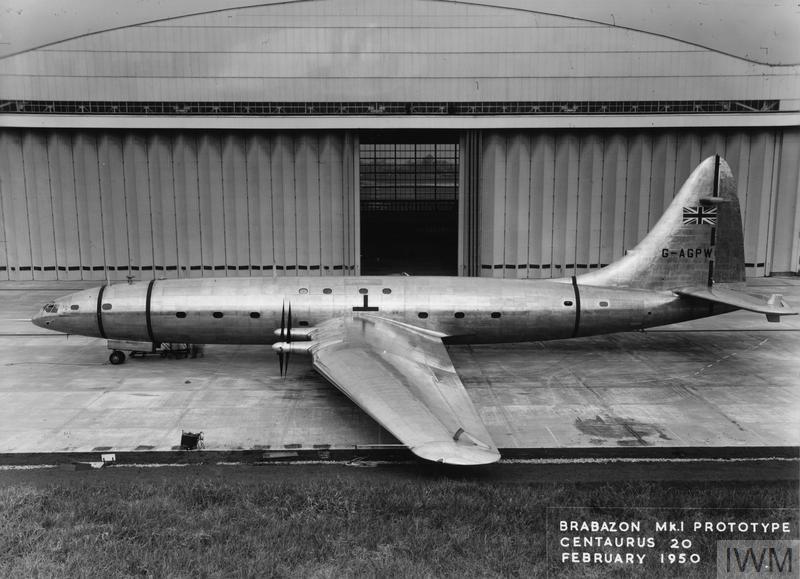ThomasP
Chief Master Sergeant
As far as I can tell there were no significant problems keeping it cool when running to its designed power, so obviously the DH engineers knew what they were doing. BUT IIRC, unlike the Ranger which was designed to be as compact as possible to fit in different small(ish) airframes, the Gipsy Twelve was specifically designed for use with the large Albatross airframe and associated large wing/nacelle volume for cooling arrangements. Size (length in particular?) was not so important and the beautifully streamlined nacelles and the cooling ducts were designed around the engine from the start.
I do not know what the duty cycles were for one engine compared to the other, but I suspect that the cycle range and rate were lower for the Gipsy Twelve than for the Ranger.




